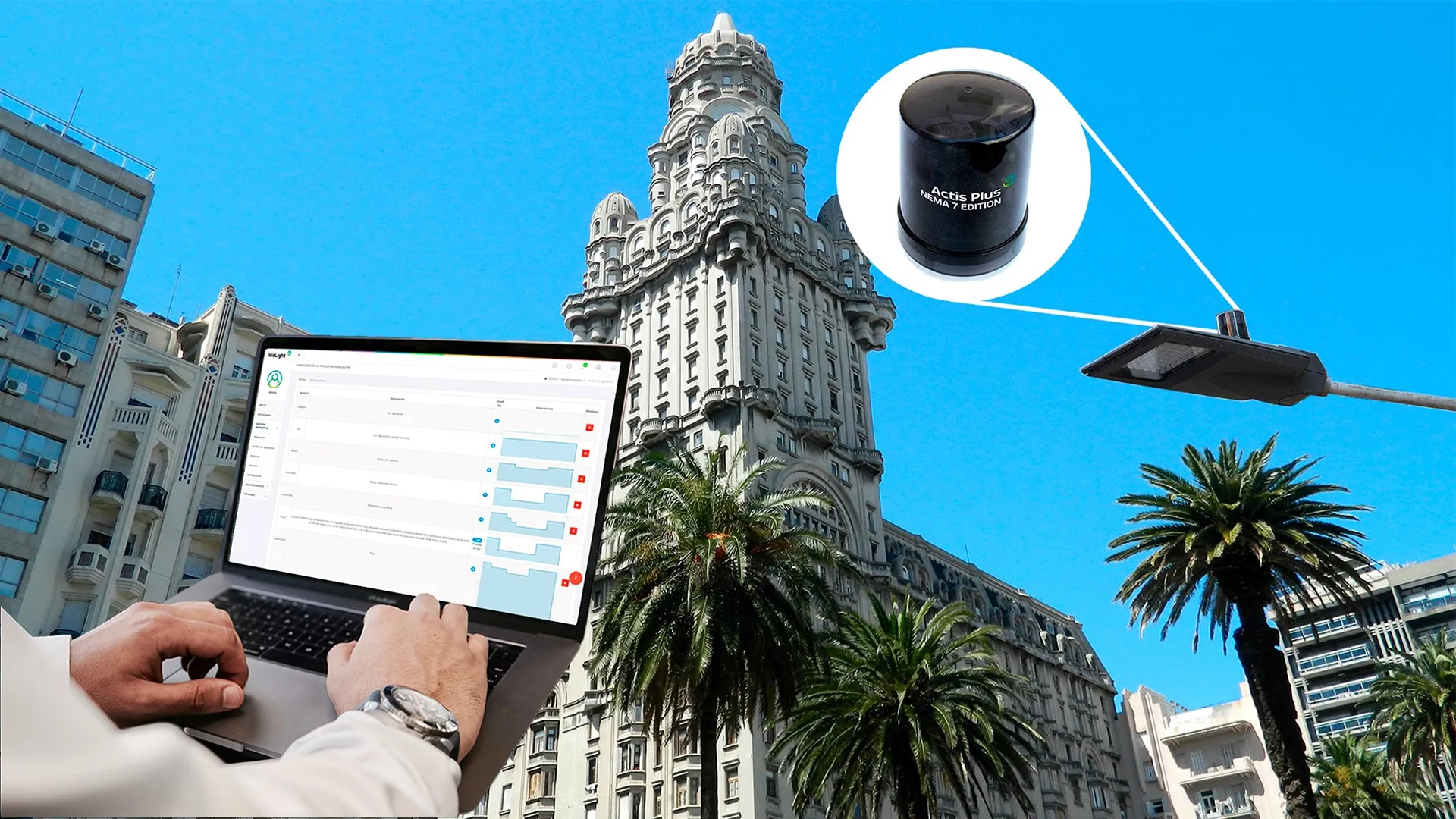Siemens has recently completed installation of more than 550 LED streetlights and floodlights in the Town of Hamilton, Massachusetts, on behalf of Metropolitan Area Planning Council, (MAPC).
The full project installation is expected to result in at least US$25,000 in annual energy and maintenance savings for the town, reduce energy usage by 60 per cent compared to existing streetlights, and provide citizens with clearer lighting conditions to improve visibility and safety. The project is also expected t
October 9, 2015
Read time: 2 mins
The full project installation is expected to result in at least US$25,000 in annual energy and maintenance savings for the town, reduce energy usage by 60 per cent compared to existing streetlights, and provide citizens with clearer lighting conditions to improve visibility and safety. The project is also expected to be eligible for approximately $27,000 in National Grid energy efficiency incentive funds to help offset project costs.
This agreement allows Siemens to remove the existing streetlights and install the new, more energy efficient LED lights. Siemens will also guarantee the amount of energy savings the town will realise each year for the next ten years. The new LED installations, performed by Siemens electricians, have been carefully selected to provide the appropriate amount of lighting for various locations across the town and focus light directly downward on the sidewalks and roadway. The fixtures, supplied by Cree, have a ten-year product warranty, but are anticipated to have a much longer life.









